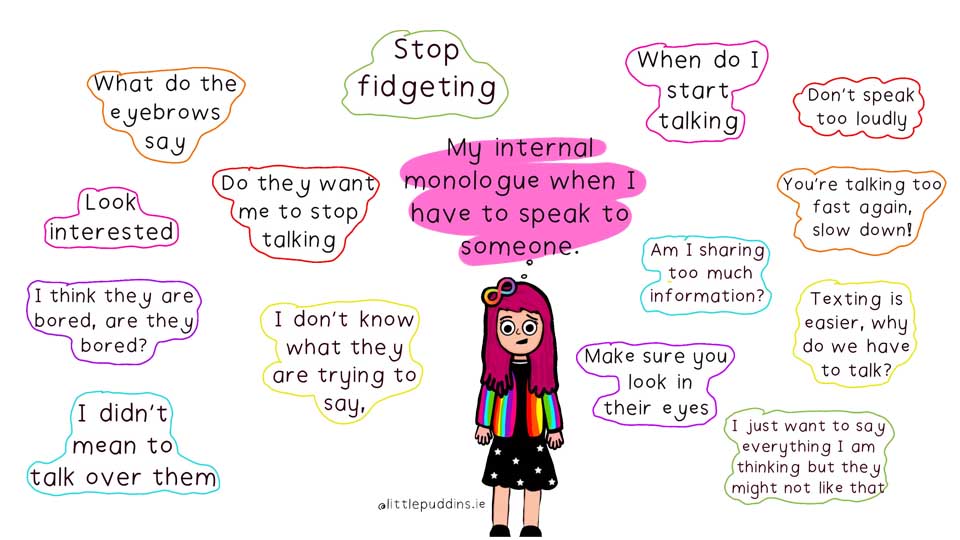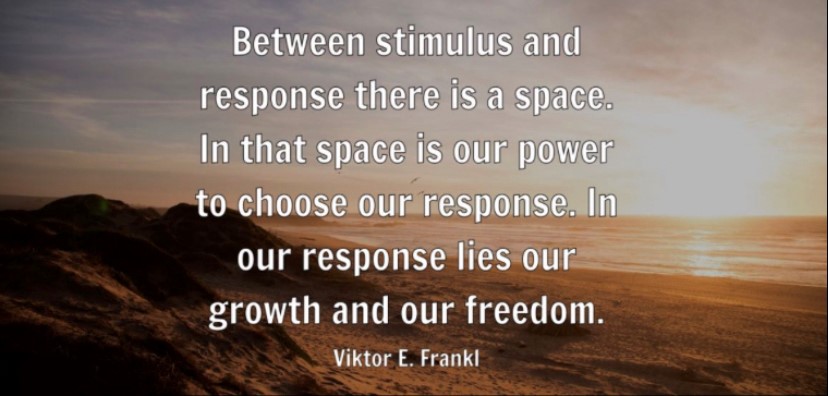
Do we see the bigger picture?
This week, we’re asking, “Do we see the bigger picture?”
- As an employer, do I embrace neurodivergent hiring?
- As a job seeker, am I comfortable declaring my neurodiversity?
- As an individual, am I an ally for neurodiverse people?
Neurodiversity captures the natural range of differences in human brain functions. It is used to highlight how people think differently from each other. It is often referred to in describing those with neurological conditions, such as:
- Attention Deficit Hyperactivity Disorder (ADHD)
- Autism Spectrum Disorder (ASD)
- Dyslexia, dyscalculia, and dyspraxia.
Today, we explore our ability to recognize the bigger picture in us all.

What are we reading this week?
The following is a guide to neurodivergent inclusive hiring. We often talk about equality, diversity, and inclusion, but do those discussions extend to neurodiverse people?
At I Am Here, we found this article to be a valuable insight into how our acceptance and inclusion must extend beyond race, gender, and sexuality. We loved that this was written by a neurodivergent person. It’s incredibly important to listen to their challenges and needs first-hand.
Read A Neurodivergent’s Guide to Inclusive Hiring Practices. (6 minute read)
Have you had any experience in recruiting neurodiverse candidates? Has this article changed your perspective? Reach out to us on Twitter, LinkedIn, or Facebook to share your own stories.

What are we listening to this week?
Have a look at the following image from Amanda McGuinness. Do you see the bigger picture? Are there things that we take for granted that might present challenges for neurodiverse people? Could something that seems simple to us be more difficult for them? Is the opposite also true? Can something we find hard come naturally to a neurodiverse person?
Have you misread a situation? Have you misread a person? Have you made assumptions without the full facts? Have you been open with others about your challenges? What was the response to that openness? Let us know, so that we can share your knowledge, your understanding, your inclusion, and your acceptance.
Follow Amanda McGuinness on Twitter

Who are we quoting this week?
“Between stimulus and response there is a space. In that space is our power to choose our response. In our response lies our growth and our freedom.”
– Viktor E Franki
Do we stop, reflect, and show our Empathy CLEAR skill to others, or do we react instantly? Our course, I Am Here for Me: Self-checks, talks about how we can give ourselves space to respond instead of reacting. How could this practice change our interactions with neurodiverse people? We would love to hear your thoughts.

